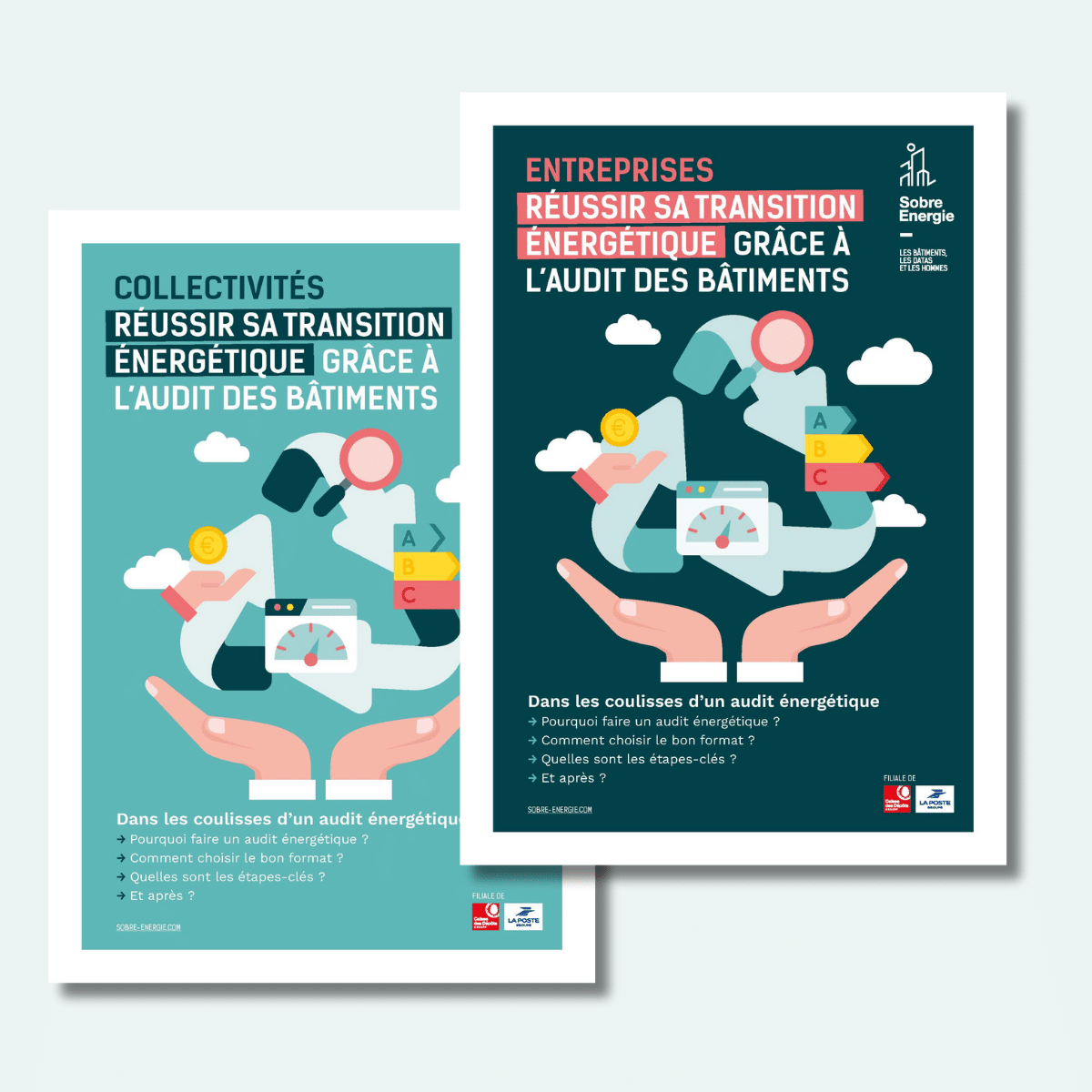With the decline in real estate valuations, the Tertiary Decree is proving to be a strategic tool not to be neglected for companies and asset managers seeking to protect the value of their assets.
Entered into force in 2019, the Tertiary Decree aims to reduce the energy consumption of tertiary real estate: offices, businesses, warehouses, etc. This ambitious regulation imposes energy performance objectives and threatens sanctions against owners who do not comply with them. not.
Beyond environmental issues, the Tertiary Decree could also have a significant impact on the valuation of office real estate. Let's decipher together the reasons why this regulation is preparing to become an essential lever in the current market context.
Efficiency, comfort, and CSR: meeting the new expectations of occupants and employees
With growing ecological awareness, office users - whether businesses or employees - are increasingly demanding the energy performance of buildings. An energy-intensive building is no longer seen only as a cost, but also as an obstacle to attractiveness and brand image.
The Tertiary Decree thus makes it possible to meet these new expectations, by requiring owners to undertake renovation work to improve the energy efficiency of their assets. The most efficient buildings will thus have a certain competitive advantage in attracting future tenants.
A lever to differentiate yourself in a complicated market: “green value”
In a context of falling valuations, the Tertiary Decree can also become a differentiating asset for owners. Indeed, the most energy-efficient buildings will probably be best equipped to withstand market sluggishness.
Investors and users will in fact be increasingly attentive to these performance criteria, which directly impact operating costs and the competitiveness of tenant companies. An eco-responsible building will therefore have a better chance of standing out and maintaining its value, and even seeing it increase.
Enhance your assets through measured investments and controlled ROI
Beyond rental attractiveness, energy renovation work can also allow owners to enhance the value of their assets. Indeed, the investments made to comply with the Tertiary Decree result in an increase in the net value of assets.
Of course, this work represents a significant cost in the short term. But in the long term, they can pay off, providing better rental and resale performance. It’s a low-risk bet that many players in the sector have already started to take up.
The acquisition of a digitalized building energy management platform, for example, presents an ROI ranging from 2 to 5 years on average (depending on the case). It is therefore a reasonable and quickly profitable investment, perfectly suited to the period that real estate professionals are going through.
Sanctions not to be neglected: the Eco Energy Tertiary rating
Finally, we must not forget that the Tertiary Decree is also accompanied by sanctions for owners who do not respect their obligations. Financial penalties may thus be imposed in the event of non-compliance with energy performance objectives.
A specific “Eco Energy Tertiary” rating will also make it possible to differentiate between assets, in the same way as the DPE on housing. The first notes will be issued by ADEME on September 30, 2024, and will then be annexed to the transfer documents and leases for all properties.
This sword of Damocles therefore pushes property managers to act, otherwise the value of their assets will deteriorate. Faced with this risk, it is better to anticipate and undertake the necessary work to comply.
Financial incentives to facilitate the transition
To support owners and tenants in this ecological transition, the public authorities have put in place various financial aid. Examples include Energy Savings Certificates (CEE), subsidies from the Environment and Energy Management Agency (ADEME) or even subsidized loans from the Banque des Territoires.
These devices make it possible to significantly reduce the cost of renovation work, thus facilitating their implementation. They therefore constitute an additional lever for promoting its tertiary real estate assets, while responding to environmental challenges.
As aid and subsidies are limited in time, it is urgent to capitalize on this momentum.
The Tertiary Decree offers two distinct readings to tertiary stakeholders. If it represents a challenge to be taken up in the short term, it can also become a strategic lever to revalue one's assets in a gloomy market context. An opportunity for the most agile and visionary companies.
